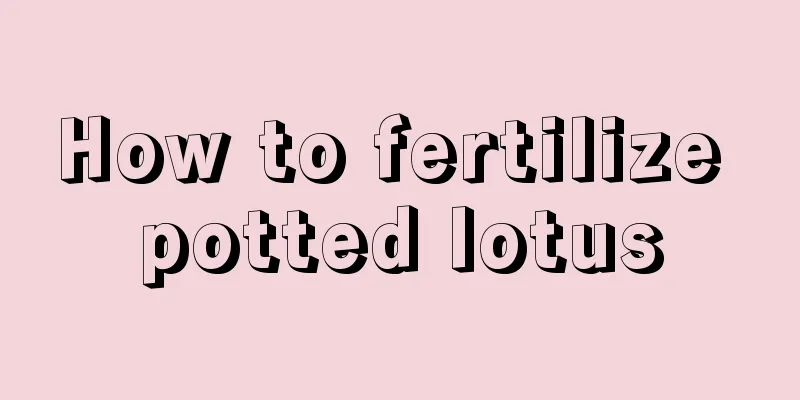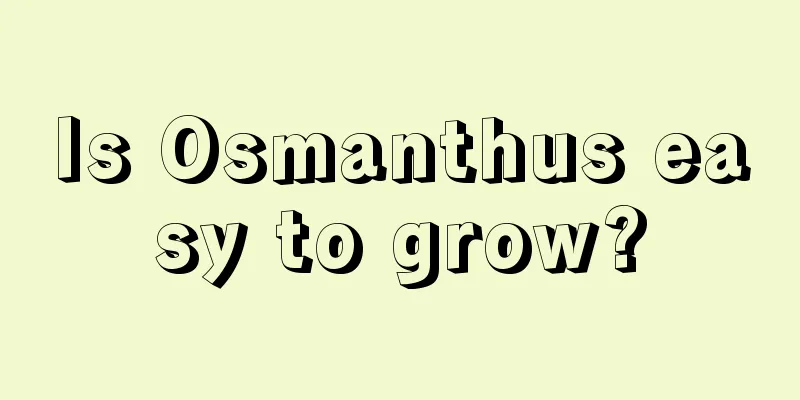How to fertilize potted lotus

Base fertilizerIf you want the lotus to bloom well, the most basic base fertilizer is essential. That is to say, add fertilizer directly into the pot when planting. So what kind of base fertilizer should be used? Animal manure, agricultural fertilizers, organic compound fertilizers ...NO NO NO ~ These are not the best choices. Just go to the flower shop and buy a bag of bone meal and sprinkle it on the bottom of the pot. It neither causes over-fertilization nor ensures sufficient fertilizer. top dressingAfter applying enough base fertilizer, you should consider topdressing. Usually, top dressing is not required, but during the growing period, top dressing should be applied appropriately according to leaf color and growth conditions. Top dressing mainly consists of urea and potassium dihydrogen phosphate. Fertilizer application amountThe amount of fertilizer applied to potted lotus must be flexible. In addition to the size of the pot, you should also refer to the nitrogen, phosphorus and potassium content in the soil. Usually, for flower pots with a diameter of 50 cm to 60 cm, in addition to adding base fertilizer, 300 grams of organic compound fertilizer should be added. For a flowerpot with a diameter of 30 cm to 40 cm, apply 200 grams of organic fertilizer. Gradually decrease according to the size of the flower pot. Different types of fertilizationLarge breedThe leaves are larger, the flowers bloom more, and the leaves turn yellow easily. When fertilizing, apply more nitrogen fertilizer, and urea has a significant effect. Small and medium varieties Small and medium-sized lotus flowers have relatively more layers of petals and relatively soft stems, which are very easy to bend and fall over. When fertilizing, you should increase the amount of phosphorus fertilizer appropriately, especially during the flowering period, when phosphorus fertilizer should be used as the main fertilizer. Fertilization for dryland and pond cultureLotuses that are directly planted in pots on the ground are called dry cultivation, while those that are grown in ponds are called pond cultivation. When applying top dressing, add appropriate amount of potassium dihydrogen phosphate. Dry farmingFor dry farming, apply fertilizer directly into the pot, and adhere to the principle of small amounts and multiple times. Depending on the actual situation, observe the growth of the lotus in about a week and add appropriate amounts. Pond cultureMix urea and potassium dihydrogen phosphate in a 1:1 ratio, mix with clay, roll into small balls with your hands, wrap them in newspaper and stuff them into the potting soil. |
<<: How to propagate hydrangeas by bud grafting
>>: How to propagate the million bells
Recommend
Are daffodils poisonous?
Is it toxic? poisonous. The bulbs of daffodils co...
When is the best time to transplant Evergreen
Generally speaking, when the evergreen seedlings ...
Winter vegetable varieties picture What vegetables are grown in winter
Winter vegetables are mainly vegetables with shor...
How to grow money string to make it thicker
1. Breeding methods 1. Soil: Choose soil that is ...
How to grow Orion succulent
1. Breeding environment 1. Soil: Orion is not too...
How to grow Huanghuali potted plants on the balcony
1. Soil When caring for potted plants, the soil m...
When is the best season to plant dog claw beans?
Dog claw bean planting season and time Dog claw b...
When should bananas be eaten and what should not be eaten with them
1. When to eat bananas Banana is a tropical fruit...
How to grow rapeseed on the balcony
first step If you want to grow rapeseed on the ba...
Difference between gladiolus and calamus
1. Differences in plant types The corm of gladiol...
How to care for dancing orchid
1. Maintenance methods 1. Light: Dancing orchid i...
How many times can ginger be planted in a year? If ginger is planted in one year, does it need to be planted in the second year?
How many seasons can ginger be planted in a year?...
Cultivation methods and precautions of Cistanche deserticola
Site selection First of all, we need to choose a ...
What to do if lily leaves turn yellow
Six reasons for yellowing Water yellow That is, t...
What are the methods and precautions for raising little angels?
How to breed little angels Little Angel, also kno...









